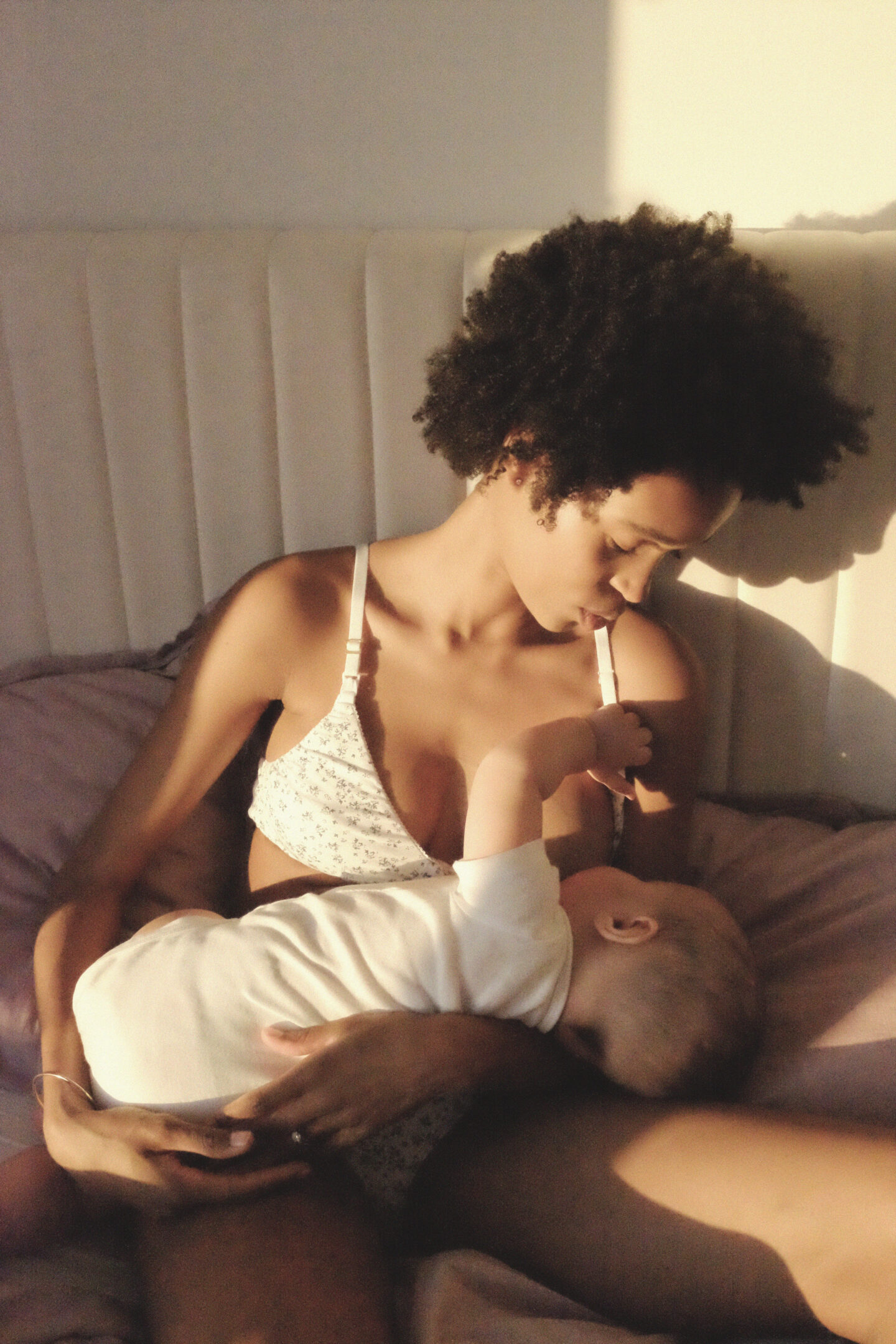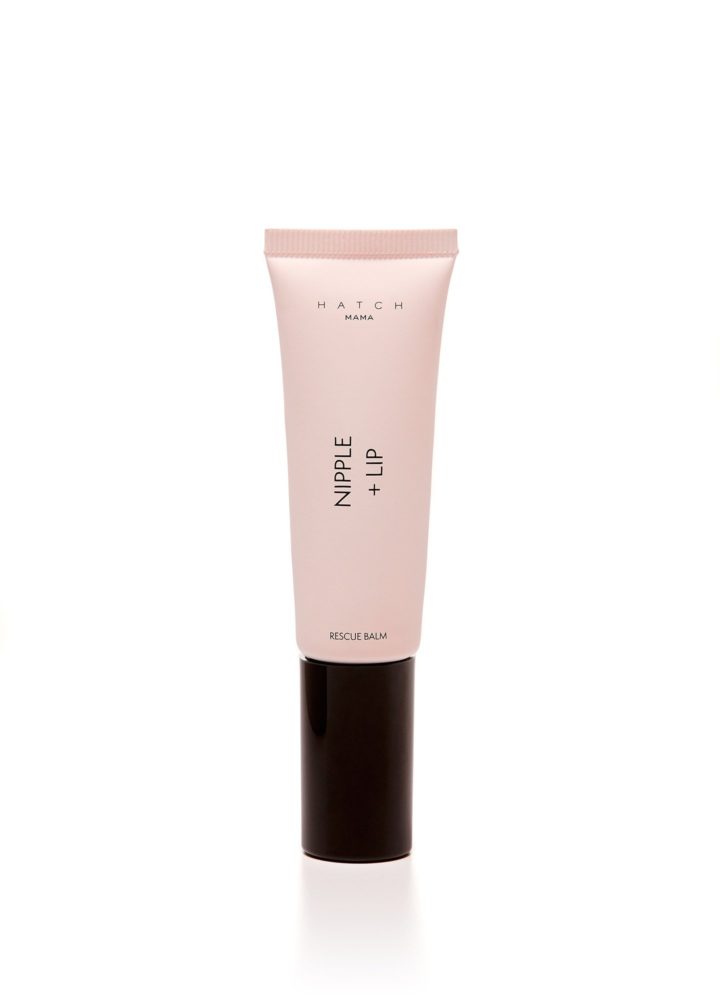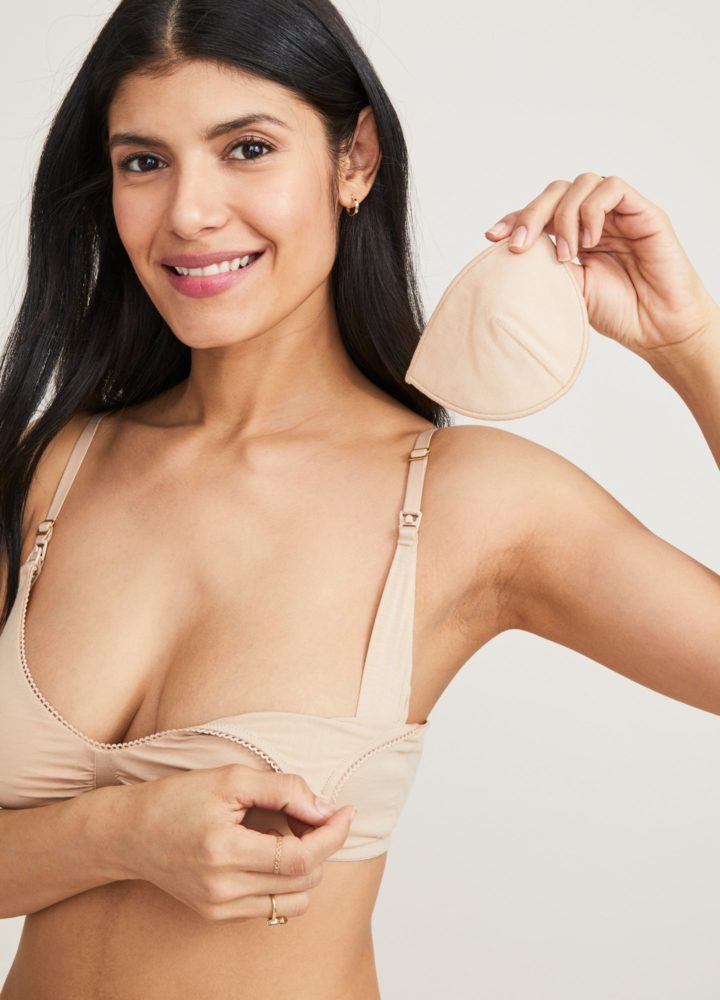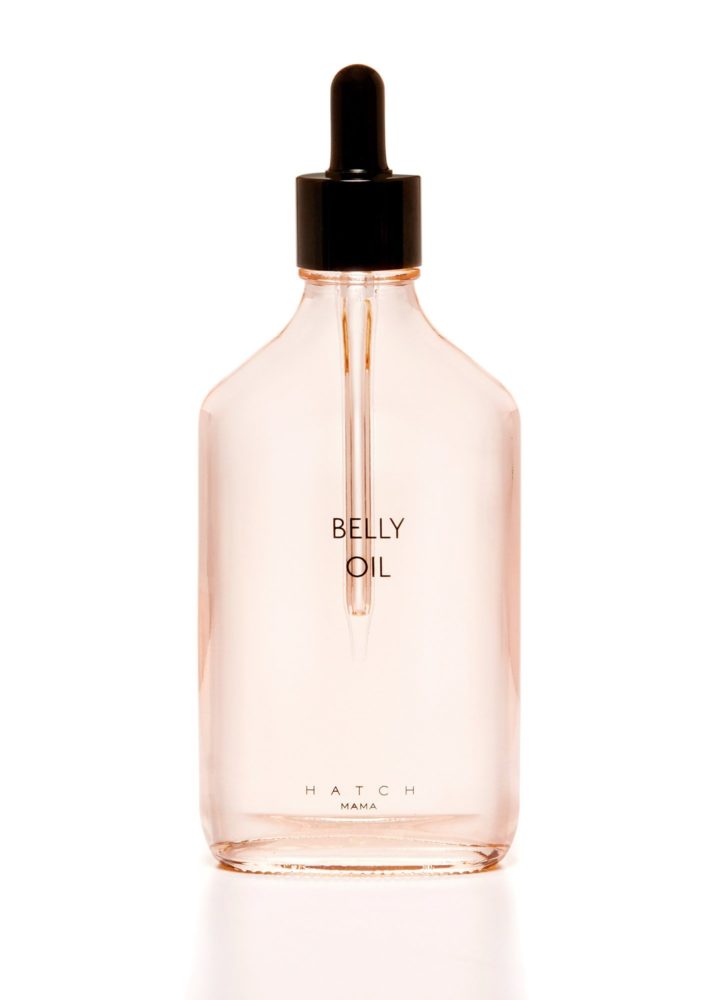So much of the journey into motherhood is focused on pregnancy. Those months leading up to your due date can be exciting, nerve-wracking, joyful, and stressful — literally all of the feels, all at once.
Taking care of yourself and paying attention to your health is just as important during the fourth trimester as it was before baby arrived. It’s no secret that delivery and labor can be tough on your body, and adjusting to your new reality as a mama can take time.
If you’re approaching your due date with no clue what to expect after delivery, keep reading. Here’s everything you can expect in those first few weeks postpartum.
The First Six Weeks
The first six weeks postpartum are typically considered the recovery period, although every woman experiences something slightly different. During this time, you’ll likely experience postpartum symptoms. This might include hemorrhoids, soreness in the perineal area, and postpartum bleeding — oh my!
Physical Symptoms
Most new moms experience urinary incontinence and constipation. A first postpartum bowel movement might take some time, but call your doctor if you have concerns. If urinary incontinence continues, pelvic floor exercises can help, but you’ll have to wait a bit to get on that.
Vaginal discharge is another common experience during vaginal and C-section recovery. Postpartum bleeding, also called lochia, can feel especially concerning, but it’s pretty normal.
It’s just your body’s way of healing from delivery and shedding leftover tissue, mucus, and blood from the delivery process. It typically lasts three to ten days, but if you feel that you’re losing an abnormal amount of blood or vaginal bleeding for longer than you should, don’t hesitate to reach out to your doctor. Stocking up on some maxi pads (it’s usually best to avoid tampons at this time).
Feeling Sore
The exact symptoms you experience will depend on a variety of factors, including whether you had a vaginal birth or a C-section. If you had a vaginal delivery, that area might feel more sore, especially if you had an episiotomy or vaginal tears.
Soreness and pain are especially normal during the first two to three days after delivery, but luckily, there ARE some strategies you can use to manage the pain. Using ice packs or taking warm baths (sans bath soaks or salts) can help manage the soreness and pain around your perineum, AKA the landing strip between your vagina and booty.
By the way, take care of the perineum’s healing process. Keep the area and any stitches clean by using a peri rinse or squirt bottle to rinse it with warm water. A sitz bath could prove helpful, especially in preventing hemorrhoids. Quick note: If you had a cesarean, your doctor will likely tell you not to take a bath for a few weeks.
- Taking acetaminophen or ibuprofen (Tylenol/Advil) can help ease some of the aches and pains from pushing during labor.
- Cramping is here again (and it’s not even your period — weird, right?). A heating pad might help here.
Mental Health After a New Baby
In the first few days postpartum, new moms can experience a wide range of emotions.
It’s important to note the distinction between postpartum depression and baby blues.
People may feel like giving birth is supposed to be a 100% joyful experience, but about 50 to 75% experience some form of baby blues after giving birth. The baby blues can look like mood swings, unexpected sadness, or even a feeling of grief.
It’s an often unsettling experience: You’re so excited to get to know your new babe; why the sudden sadness? But it’s also a pretty standard part of postpartum recovery. It usually begins in the first week after delivery and typically goes away after two weeks.
However, if you find yourself experiencing overwhelming sadness, emptiness, or anxiety, reach out to your Ob-GYN or another healthcare provider. Postpartum depression affects approximately one in seven new moms and is definitely something you shouldn’t attempt to handle on your own.
Head to your provider for a mental health and wellness check-up and tell them everything. Reach out to your loved ones, seek support from your partner or other caregivers, and focus on your health and well-being during the fourth trimester. Everyone has a slightly different recovery timeline, and you deserve all the support and love you can get during this time in your life.
Postpartum Body Changes
Another all-too-common experience for many women during their postpartum recovery is feeling pressure to lose weight and return to their pre-pregnancy size ASAP. Trust us: We’ve been there.
You’re tired of not being able to see your own toes and want to feel like yourself again. But there’s no one timeline for losing your pregnancy weight, and the pressure to quickly reach a certain size can do more harm than good.
Weight loss is NOT the message here. It’s about finding some kind of movement that makes you feel happy and fulfilled once you’re fully healed. Working out can be a great way to burn off stress and improve your mood.
This could be a chance to find a type of exercise that you like. Maybe it’s yoga, swimming, or just going for long walks. These can all be great stress relievers during the hectic postpartum period.
Before you get back to the gym, though, talk to your Ob/GYN about exercising again. It’s important not to rush your recovery, and you’ll want to have the all-clear from your doctor before working up a sweat so soon after delivery.
Your Postpartum Survival Kit
Postpartum recovery might look different from woman to woman, but one thing is glaringly obvious: This experience is NOT a walk in the park. From various postpartum symptoms to the massive identity shift of becoming a mom, the fourth trimester can be full of ups and downs.
(So much so that postpartum retreats are becoming more and more common. Yup, that’s calling our name.)
Rescue Balm
Lucky for you, we have a few suggestions that may help. Think of it as your postpartum survival kit: Everything you need to manage the physical symptoms of the healing process. Starting with our absolute favorite rescue balm for breastfeeding mamas, the Nipple + Lip Rescue Balm.
The lanolin-free formula is packed with superfruits and tropical butters like acai, mango, and pomegranate, providing the soothing hydration your lips and newly sensitive nips need. Plus, it’s free of fragrances, parabens, dyes, and phthalates — AKA safe for both you and baby. (Just be sure to gently wipe it off your nips before breastfeeding.)
Belly Oil
Another postpartum must-have: belly oil, AKA skincare for your tummy. We’re obsessed with the quick-drying, stretch mark smoothing formula in our bestselling Belly Oil, designed to amp up the elasticity and moisture around your bump. You can even add a few drops to the bath to seal in that hydration — dry skin, begone!
Anti-Swelling Lotion
Finally, a high-quality cooling leg and foot cream is absolutely essential. Swollen feet and ankles and restless legs are common pregnancy symptoms, and while they’ll improve with time once you give birth, they also don’t magically vanish overnight. Cooling cream like our gel-based Down, Girl Lotion is a major lifesaver those first few weeks postpartum.
Breastfeeding: What To Expect
Another major part of your postpartum recovery, if you so choose it, is breastfeeding. Maybe you’ve decided formula feeding is the way for you, in which case, cheers — you won’t have to worry about breastfeeding.
If you DO decide to feed by the nip, prepare for potentially achy and heavy breasts, sensitive nipples, and the need to express milk every few hours to keep up with your baby’s appetite. Breastfeeding can be a demanding and physically tough choice; there’s no doubt about that. But also provides the opportunity for some awesome bonding and health benefits.
If you aren’t sure whether breastfeeding or formula feeding is right for you, talk to your Ob/Gyn. They’ll be able to share advice and help you figure out which option makes the most sense. If you find that your baby is having trouble latching or any roadblocks, you might also want to call a lactation consultant for help.
One last quick note: Breast milk leakage. Stop the milk from staining your favorite fourth-trimester top with a three-pack of The Anti-Leakage Pads.
The Bottom Line: Your Well-Being
It’s likely that almost all (if not entirely all) of your postpartum energy will be devoted to your newborn. They’re just so dang cute — and so dang needy!
As much as you can, try to carve out a little space to care for and pay attention to yourself. Labor and delivery are HARD, and so is early motherhood. We believe that the first step towards taking care of your little one is taking care of yourself and that you deserve all the R&R after pushing that baby out like a champ.
Sources:









